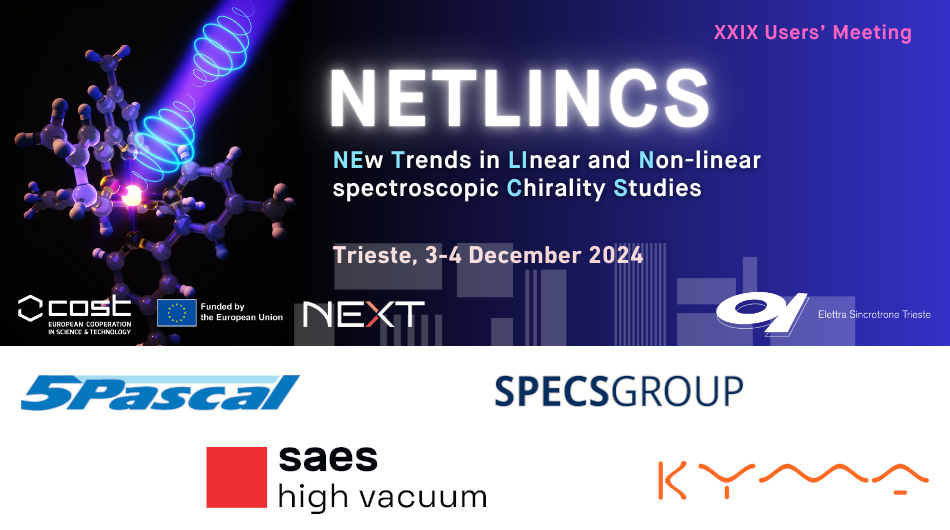Speaker
Description
Since the pioneering transient circular dichroism (CD) experiments of Xie and Simon$^1$ and Kliger$^2$ more than three decades ago, laser technology has developed enormously, and highly stable, ultrashort broad-band pulses for extremely sensitive differential absorption measurements at wavelengths from the mid-IR to the far UV have become routinely available. Yet, progress in time-resolved CD has been much more difficult and slower, and laser-based measurements are still less sensitive and reliable than conventional CD spectrometers, which use much weaker incoherent light sources such as lamps or glow bars.
In the first part of my presentation I will provide an overview of our attempts to boost the sensitivity of laser-based CD detection in the mid-IR and the UV, both via signal enhancement and artifact mitigation$^{3–5}$, in order to illustrate the difficulty of transferring the measurement principles of non-linear spectroscopy to chirality detection. Artefact reduction in particular requires significantly better laser stability and longer averaging to reach the signal to noise levels of today’s achiral transient absorption measurements$^6$.
Another limitation facing transient CD-experiments with ultrashort lasers is the short time-window they can usually cover. Photo-induced changes in molecular reactions often occur on a large range of timescales. While electronic and vibrational relaxation is usually ultrafast, subsequent biomolecular catalytic processes or conformational changes in biomolecules often require hundreds of nanoseconds or microseconds. For example, we seek direct information on local transition dipole couplings in model peptides$^7$ by combining transient UV-circular dichroism and site-specific labelling. We will discuss how to couple two femtosecond laser systems to detect absorption and chirality changes under identical excitation and probing conditions over all relevant timescales$^8$.
- Xie, X. & Simon, J. D. Rev. Sci. Instrum. 60, 2614–2627 (1989).
- Milder, S. J., Gold, J. S. & Kliger, D. S. J Am Chem Soc 108, 8295–8296 (1986).
- Helbing, J. & Bonmarin, M. J. Chem. Phys. 131, (2009).
- Bonmarin, M. & Helbing, J. Chirality 21 (2009).
- Dutta, B. & Helbing, J. Opt Express 23, 16449 (2015).
- Oppermann, M. et al. J. Phys. Chem. Lett. 10, 2700–2705 (2019).
- Spekowius, J., Pfister, R. & Helbing, J. Phys. Chem. B 125, 7662–7670 (2021).
- Helbing, J. & Hamm, P. J. Phys. Chem. A 127, 6347–6356 (2023).

